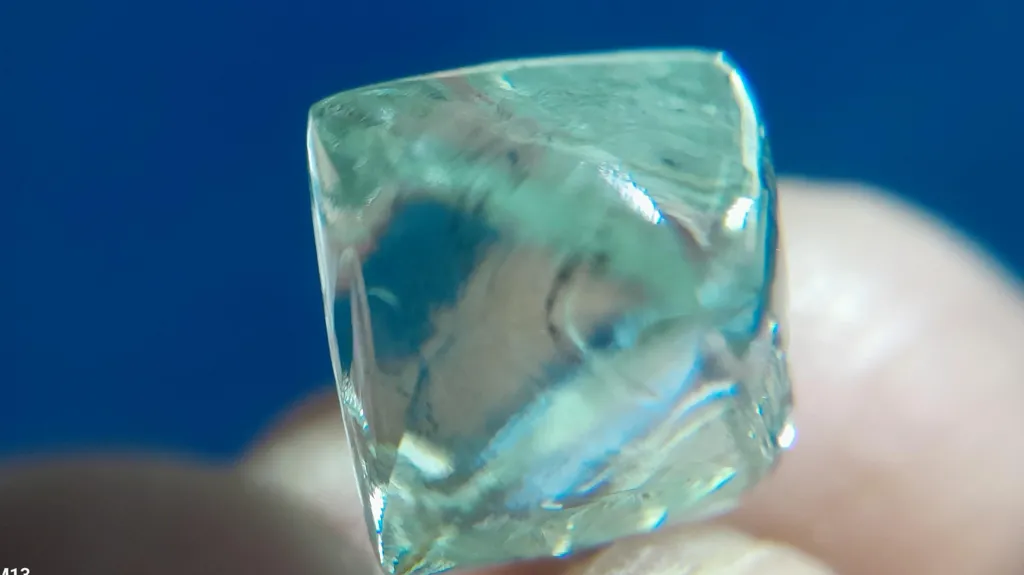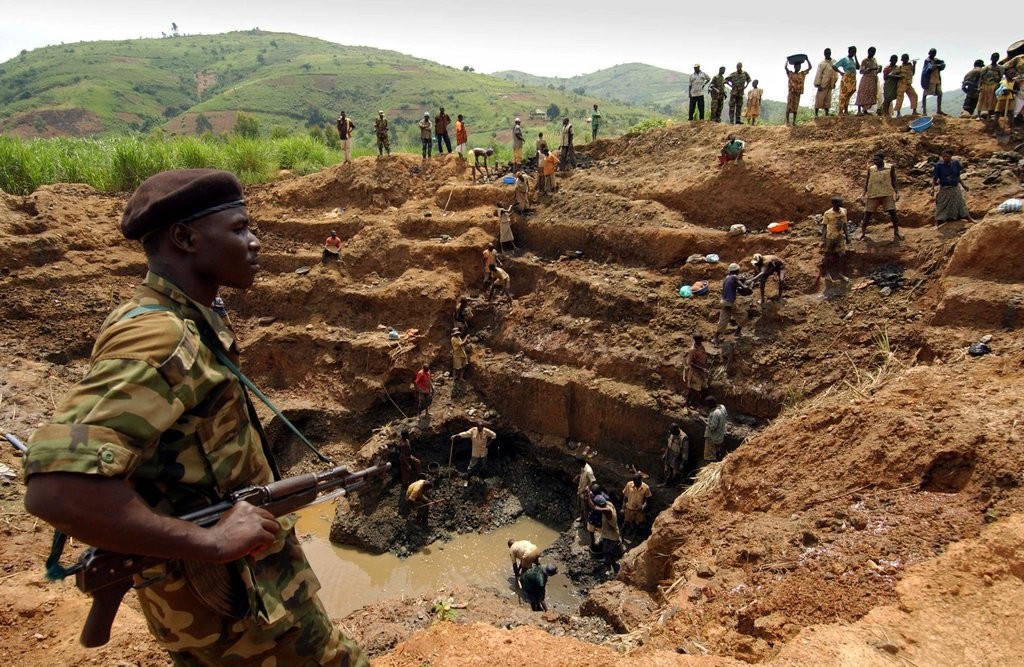
Childhood Friends Unearth $55,000 Natural Diamond in India
On a crisp winter morning in Panna, a historic diamond-mining region in central India, two childhood friends[…]

How Efforts to Control the Diamond Trade Are Hurting the Very Communities They Were Supposed to Protect
The intention behind these measures from conflict-diamond controls in Africa to punitive trade tools against Russia has[…]
Global Diamond Market Turmoil: Botswana Declares Health Emergency, India Faces Tariff Shock, Zimbabwe Strengthens Ties with India
The volatility in the global diamond industry is beginning to have severe humanitarian and economic consequences across[…]
India’s Polished Exports Rise in Rush to Beat US Tariffs
India's gross monthly exports of polished diamonds jumped 17.8 per cent in July, as manufacturers rushed to[…]
Trump Imposes 25% Tariff, Plus “Penalty” on India Exports
India's diamond industry today (30 July) had its worst fears confirmed as the US announced all imports[…]
Surat Trade Show Moves to Smaller Venue
The Carats 2025 trade show is switching to a smaller venue amid the ongoing diamond industry downturn.
India’s Polished Diamonds Export Down 17%
India's polished exports fell by almost 17 per cent in the fiscal year ending March 2025, to[…]
China’s Diamond Market Rebound Sparks Optimism for Indian Exports
The Chinese diamond market, second only to the US, is showing early signs of recovery, sparking optimism[…]
De Beers sees India as a bright spot, notes early recovery signs in US
India has been emerging as a bright spot for the cut and polished diamonds amidst a slowdown[…]
